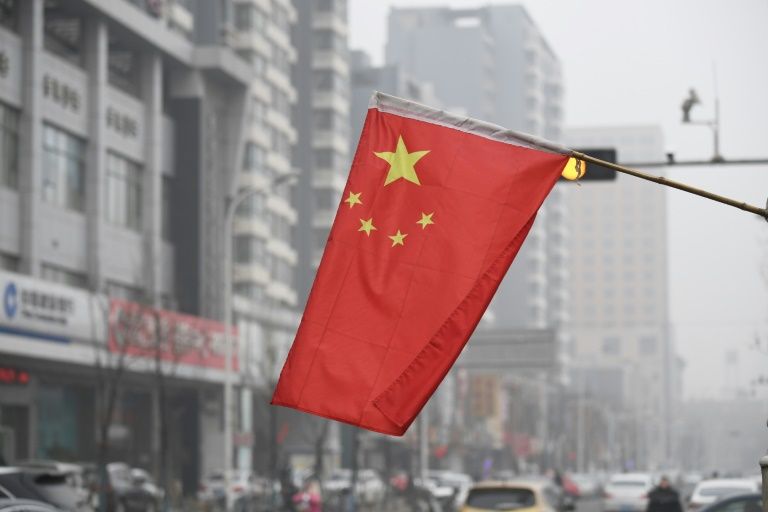
The 7.5 per cent increase is almost double the rate in the previous year, although the total figure of 16.47 trillion yuan ($2.56 trillion) is within Beijing's target of below 18.82 trillion yuan. The figures were released Wednesday by the finance ministry.
CPEC could develop into Pakistan’s debt trap
Since the global financial crisis in 2008, China's debt as a percentage of gross domestic product has grown more than 10 per cent a year on average, according to IMF estimates, which assessed the ratio had ballooned to 234 per cent of GDP by 2016.
While China's leaders vowed to tackle local government debt during a major economic planning meeting in December, they also called for reasonable credit growth in 2018.
The economy is in the process of rebalancing away from the investment-heavy and export-dependent model that brought four decades of breakneck economic growth but left China heavily in debt.
Real questions persist about Pakistan’s ability to repay CPEC loans: report
Beijing traditionally has struggled to force its priorities on local governments, but has vowed to take on financial risk this year, including how local governments finance themselves.
In 2016 the Bank for International Settlements, dubbed the central banks' central bank, warned over China's growing debt pile fuelling worries over a spillover into the global economy.
1731570357-0/elon-musk-(1)1731570357-0-405x300.webp)
-(1)1717678110-0/Kendrick-(1)-(1)1717678110-0-165x106.webp)















COMMENTS (1)
Comments are moderated and generally will be posted if they are on-topic and not abusive.
For more information, please see our Comments FAQ